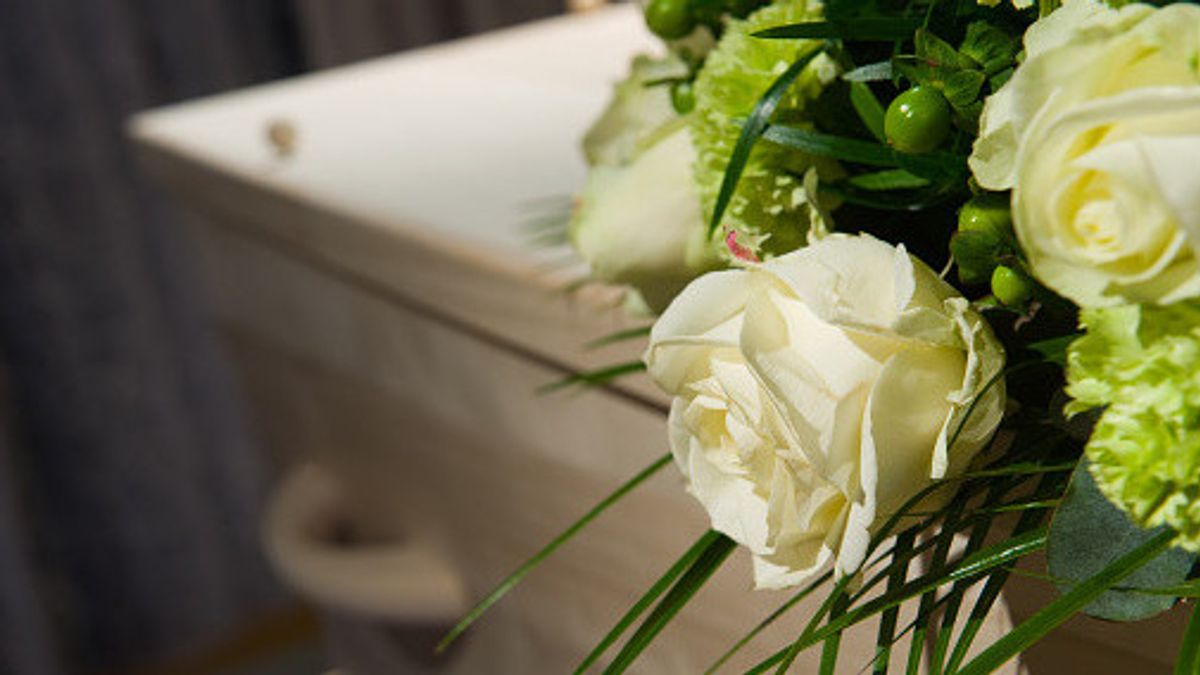JAKARTA – The cremation of Laura Anna's body was carried out this afternoon, Thursday, December 16, 2021, at Grand Heaven, Jakarta. Regarding cremation, according to the story of Greta Iren, Laura Anna's older sister, her sister had a wish when she died to be cremated.
Chat with his brother when it was in a joking situation. As if granting a loved one's wish, in the end the family of the deceased Laura Anna decided to carry out a funeral by cremation. Added his brother, it has not been decided when it will be carried out. The ashes will be buried temporarily at home.
Historical facts about corpse cremation
Based on historical facts, traditions and beliefs are closely related to the burial of corpses. There are a number of burial rituals, such as burial, preservation, and in the archipelago there are burial rituals based on traditions, such as waruga in Minahasa, solo signs by the Toraja people, and cremations which are recorded to have various perspectives.
Cremation, reported by Historia, December 16, is carried out by burning the corpse to ashes so it is also known as the cremation process. In Hinduism, burial is believed to help release the spirit from worldly attachments. The release of bonds with the world helps the material elements that make up the body so that it is believed to immediately unite and reconnect with nature.
Quoting from Britanica, the practice of cremation over an open fire was known to the Greeks since 1000 BC. The practice of cremation in Greece was adopted by people living in the northern hemisphere. Funeral in this way was practiced on soldiers who died on the battlefield. The ashes will be collected and sent to the homeland for burial ceremonies.
The practice of cremation in Greece is symbolically closely related to courage, virtue and patriotism. In Ancient Greek mythology, Achilles, the bravest, handsomest, and greatest warrior of the Trojan War was also cremated wearing the clothes of the gods. The Romans also followed the Greek style of cremating war heroes.
Around 100 AD, cremation in the Roman Empire was stopped except in emergencies. Although there is no explicit explanation for stopping the practice of cremation, some experts suspect it was due to the spread of Christianity. The most practical reason for stopping the practice of cremation is the threat of a shortage of wood.
Scandinavians' understanding of the practice of cremation parallels that of the Greeks and Romans. Cremation according to them helps free the spirit from the flesh and also prevents the dead from harming the living.
In India cremation is the wish of all Hindus to be cremated at Varanasi, the seaside holy city. His ashes were then dumped in the Ganges River. In some countries in Asia, such as Tibet and Laos, cremations are performed for saints and those who die in peace. In Bali, cremation or known as Ngaben ceremony is performed on auspicious days and is carried out to deliver the soul to the highest heaven.
Cremation in modern society
Regardless of tradition and belief, cremation in modern society is done in different ways. Cremation does not use an open fire, but the body is put in a coffin and then cremated in a very hot room called the cremation room. The ashes are then stored in small jars and buried in the columbium or buried in the desired place.
The practice of cremation in modern society was endorsed by Queen Victoria's surgeon Sir Henry Thompson in 1874 in his book Cremation: The Treatment of the Body After Death. In 1884, a British court finally ruled that cremation was legal and the practice of cremation was accepted as a positive way of burial in response to land shortages.
The English, Chinese, Japanese, Arabic, and French versions are automatically generated by the AI. So there may still be inaccuracies in translating, please always see Indonesian as our main language. (system supported by DigitalSiber.id)












